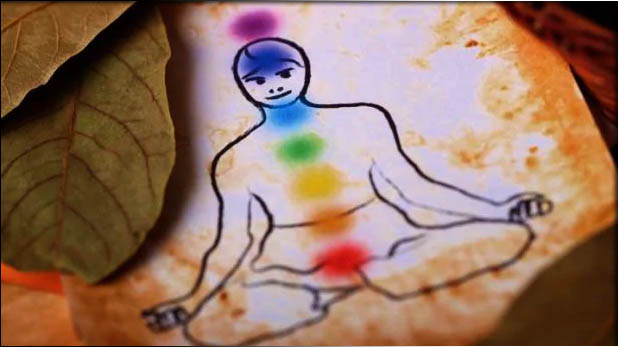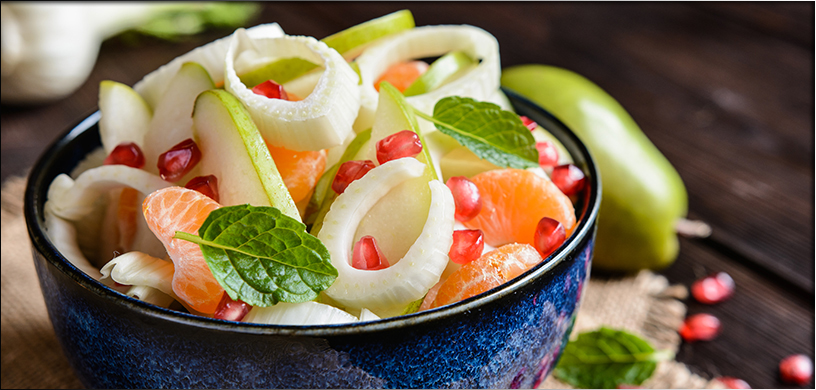How to Reduce Pitta Immediately? Pitta Dosha Diet & Foods
Overview
Let’s discuss what Pitta is. It is one of the three doshas of a human body that controls the whole metabolism of the body, both physical and mental spontaneity are accessed by Pitta, making it move at a hectic pace, thus sometimes, it gets too aggressive and loses balance. Then the whole body has to suffer, making the immune system feeble and the toxins that are lurking outside the body attack it and causes a disease. You never know where they will strike.
In order to avoid all these hiccups, you need to pacify Pitta so that it doesn’t lose balance and keep the balance between the 3 doshas well maintained. So that, every part of the body functions normally. Thus keep the body fit & fine. The hot & sharp nature of Pitta needs to be soothed by the foods that have cooling effect and are dry, which can neutralize the oily nature of Pitta.
Thus, it becomes mandatory to keep Pitta calm and enjoy the various benefits it bestows on our physical structure. To keep it calm some specific diet is recommended that will keep your Pitta constitution in equilibrium. Today, we are going to see which foods keep it calm and relaxed.
What Foods keep the Pitta calm?
Foods that keep Pitta calm:
- Many foods appear cool, but if eaten can aggravate Pitta like fish and nuts. These sort of foods have a feature called ‘potency’ that is hot, making Pitta aggravated. Whereas fennel seeds give a sharp taste when chewed, but has a cool potency, keeping Pitta calm.
- If you eat foods in excess, in spite of the fact that these foods have a cool potency like the milk products can calm Pitta, but for a short time. If you keep having them in excess for a long time, they tingle the top level of Pitta, which is required for the digestive system and this process causes indigestion. Better take a fore-warning, never eat anything in excess.
What Tastes, relax Pitta?
Tastes that keep Pitta placid:
- Usually, Pitta is pacified by the sweet, bitter and astringent taste, but the salty, sour and pungent tastes make it go aggressive. This knowledge does make one aware of the diet he/she has to consume that will keep his/her Pitta cool & calm.
What food to eat and what to avoid.
- Use these guidelines to prepare your own diet menu that keeps Pitta calm.
- Features of the sweet taste are it is touched to the ground, is cool and these days it is promoting longevity, health and provides strength to the tissues and fluids. Its oily, moist and heavy qualities slow down digestion.
- According to Ayurveda, the desert should be eaten first as an appetizer, when the metabolic fire is at the highest level.
- The sweet taste can be found in foods like most fruits, root vegetables, most of the grains, fresh yogurt, ghee, milk, eggs, seeds, nuts and most of the oil except mustard oil.
- When we discuss sweet foods, it doesn’t mean foods that taste sweet, but a sweet digestive effect as well. For example, sweet potatoes, white rice & whole grains. Sweet desserts cause indigestion when taken in excess. The sweet taste has the elements of Kapha, further aggravating it.
- The bitter taste is rough, light, dry, cool and is usually reduced. It has almost all the qualities that keep the Pitta calm. Due to its unpleasant taste, it keeps missing from our dining table, but comes in handy when Pitta gets aggravated. When Pitta aggravates, its bitter taste makes it cool down. Our food does need the bitter taste that is provided by turmeric, fenugreek and bitter gourds.
- Astringent taste is cold, dry and heavy to tackle aggravated Pitta. It can be found in foods like a raw banana, artichoke, beet root, jack fruit etc.
- The sour taste wakes up the mind and its senses. It encourages digestive juices, enhances digestion and eradicates excessive air and gasses. If had in excess it also aggravates Pitta.
- The sour taste is found in tamarind, lemon juice, apple cider vinegar, sauertraut, tangy orange, kiwi and pineapple.
- The salty taste should be taken moderately, neither in excess nor in low quantity. Even when it gets aggravated it does so mildly.
- Pungent spices often aggravate Pitta because of their hot nature.
What Should be the Environment to keep Pitta calm?
- If you eat in a tranquilized atmosphere, chewing your food well, Pitta remains calm. Keep a nice balance between hot & cold food, hydrating and drying. Eating at regular intervals keeps the Pitta calm and the food gets well digested.
- All foods do not make Pitta aggressive; occasionally when it becomes aggravated it can be cooled by pacifying foods and spices.
- Better use sweet taste while digestion is taking place. If the Pitta is aggravated an abrupt fasting of water and other fluids can be beneficial for the body.
- Fasting on raw fruits, coconut water and moong dal soup and vegetables can be a good choice. Don’t prolong your fast. The powerful Pitta will survive on eating your tissues.
What sort of Foods you need in your 3 meals to keep Pitta composed?
The breakfast:
- Never skip the breakfast when Pitta is elevated. Have grains, dairy, barley, oats, whole wheat, egg whites, all are good choices. They provide carbohydrates, which release sugar in the blood, according to the needs. Sweet nuts like raisins and almonds are also nice.
Lunch:
- Variety of grains like quinoa, wheat, barley and rice can be had in different forms. Beans and vegetables are also good and can be had with some meat, the one you love eating. Salads can be had as side dishes. Avoid spices, or very little amount can be used, they have a hot nature.
Dinner:
- Dinner is a lighter version of lunch. Don’t make it heavy, but better make it nutritious. It has to sustain the balance of Pitta. A simple one like kichhadi, pasta or a mini version of lunch will do.
Soups and boiled veggies can be had as starters, it keeps a check on calorie intake and satisfies the Pitta digestive fire.
All these foods will keep Pitta calm & cool and maintain the body’s metabolism very well and the person stays fit & fine.



